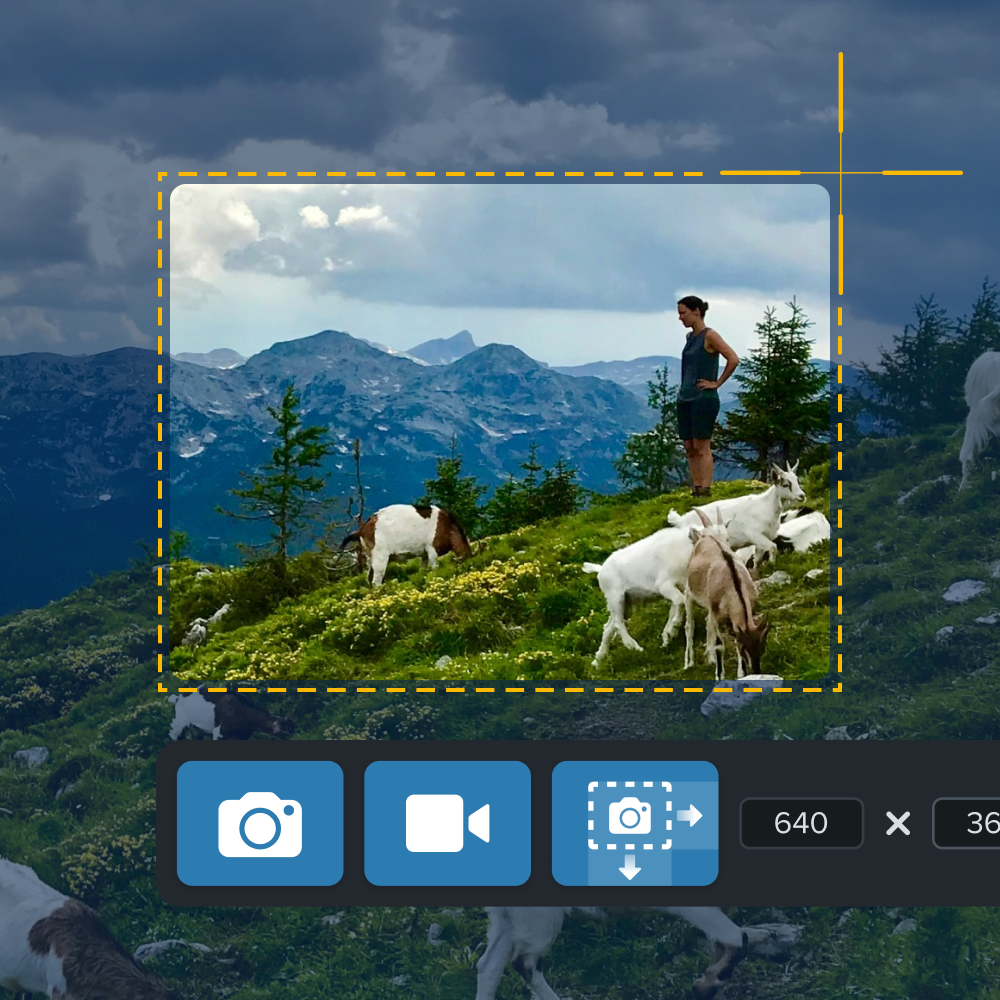Communication is a cornerstone of civilization. Its roots can be traced back to early cave paintings created by distant ancestors. Throughout the thousands of years that have followed, it has proven to be a catalyst for change, growth, and expansion.
It’s a neural network that connects humans, ultimately creating and shaping communities. Today, we live in a world where a person can communicate with the entire globe with the simple click of a button.
With communication now happening faster than ever, it’s important to understand that regardless of its form, the fundamental styles of communication remain the same. It’s critical that individuals can recognize and understand the various styles and how they can influence intended meaning. Without mutual understanding, projects stall, outcomes miss the mark, relationships suffer, and things can easily begin to crumble.
The different communication styles to focus on are:
- Passive
- Aggressive
- Passive-aggressive
- Assertive.

Each of these can impact workplace dynamics, some having detrimental effects on working relationships and potentially on outcomes. Something that seems so simple can cause both big challenges or big successes.
Communication can hinder group collaboration, lead to confusion, damage coworker relationships, and affect the dynamics of the entire workplace culture. Or it can enrich relationships, foster trust, and positively influence the overall well-being of an organization, even those with remote teams.
TechSmith’s Snagit is a tool that can help individuals express themselves more clearly, regardless of their communication style. This levels the playing field, ensuring that messages are sent and received with their intended information and meaning intact.
What are the different styles of communication?
The way in which people communicate is influenced by internal and external factors. Emily Marsh said it well in her article about personality and communication:
Personality impacts how we prefer to communicate with people, as well as how we ourselves respond to information. The more we understand our own communication styles and those of the team members we work with, the more effective we can be as leaders, teams, and colleagues.
Forbes identified culture as a key influencer on how we communicate, in both aspects of giving and receiving. When considering what culture implies, it can include everything from the macro level, for example, a person’s country of origin, all the way down to the micro level, such as an employee’s working team.
Understanding that people communicate in different ways is the first step to adjusting and improving the approach taken to sharing information.
Taking a deeper look at passive, aggressive, passive-aggressive, and assertive communication styles, it’s easy to identify key characteristics that could hinder or help the sharing of information.
Annotate and edit screenshots with Snagit
Professional mark-up tools and powerful features make it easy to create helpful images.
Get Snagit
The University of Toledo has defined the different types of communication styles as the following:
Passive communication
This type of communication occurs when someone avoids expressing their opinions, needs, or values. Often, the person focuses on the needs, values, and opinions of others over their own. A substantial motivator for relying on this type of communication is to avoid confrontation and conflict.
According to this LinkedIn article, passive communication can also:
- Lead to feelings of resentment and helplessness
- Harm self-esteem and self-confidence
- Cause lack of satisfaction in relationships due to unmet needs
- Result in being overlooked or taken advantage of
Snagit can assist passives by helping them communicate effectively using visuals. It can easily convey a person’s needs or opinions in a straightforward and neutral manner with screenshots or video messages. It lends itself well to asynchronous communication, which removes the pressure that might come with a face-to-face interaction. This reduces the urge to engage in avoidant behaviors since the immediate risk of confrontation or conflict is greatly diminished.
Aggressive communication
Conversely to passive communication, aggressive communicators are very comfortable expressing their needs, values, and opinions. Often, they might struggle to see the needs, values, and opinions of others. Aggressive communicators can dominate conversations, forcefully express their opinions, or even come across as dismissive of others.
According to this LinkedIn article, aggressive communication can also:
- Lead to confusion and conflict
- Harm relationships and alienate others
- Foster a negative environment of fear and hostility
- Lead to bad behavior, further escalating conflicts
Snagit creates visuals to paint a clear picture of the messenger’s information, helping to limit aggressive verbal and non-verbal language. Both the sender and the receiver can reduce possible damage to their relationship that might otherwise take place in an in-person setting.
Passive-aggressive communication
This style combines passive and aggressive communication traits. The communicator appears passive but communicates in subtle or indirect ways that show anger. In addition to the sender’s passive aggressive style, individuals may also display resentful behavior or a failure to be direct.
According to this LinkedIn article, passive aggressive communication style can also:
- Annoy and frustrate others
- Lead to an overall neglect of responsibilities
- Precipitate future poor performance
Snagit removes barriers and clarifies communication by capturing exact details and creating annotated visuals. Ultimately, Snagit can greatly decrease unintended narratives that can evolve into passive-aggressive communications and behaviors between individuals and within teams.
Assertive communication
This style, like aggressive communication, involves being comfortable with expressing opinions, needs, and values while still respecting the values and needs of others. Ideas are often expressed confidently, with respect, and are clear and direct.
According to this LinkedIn article, assertive styles of communication can also:
- Promote self-confidence and increase self-esteem
- Help decrease stress and anxiety
- Result in more satisfying and respectful relationships
- Encourage mutual understanding and respect
Use Snagit to complement and amplify assertive communication with visuals, such as diagrams or annotated screenshots, to enhance clarity and ensure the message is understood.
Record your screen with Snagit
Snagit makes it easy to share quick updates and how-to’s by capturing exactly what’s happening on your screen.
Get Snagit
Simple ways to improve communication and avoid conflict
Now that we’ve identified the different communication styles we will encounter, you can apply some simple techniques to improve your effective communication style and avoid conflict in specific situations.
Practice active listening

Communication is a two-way street, and we can’t simply focus on the points we want to make or the words we want to convey. When engaging in a conversation where sides are at odds, we can easily find ourselves listening to respond, not actually listening to understand. Neglecting to truly engage with the meaning of what’s being said often leads to confusion and conflict.
By practicing active listening, we work to create a mutual understanding of what is being communicated. Active listening also helps build trust by making people feel like their thoughts and feelings are heard, understood, and valued.
Watch body language

When a person communicates, it’s not just the words they use that express a lack of satisfaction or delight. According to the University of Texas, Albert Mehrabian, a researcher of body language, found that 55% of communication is nonverbal, 38% of communication is vocal, and 7% of communication is words only.
Reading body language is more difficult to achieve in a remote work environment, compared to face-to-face discussions, but it still can be achieved in specific situations that include on-camera meetings. Pay attention to body language, eye contact, and facial expressions. It is an easy way to add more context to the conversation. With passive-aggressive communication, it is likely their body language does not match the words they are speaking.
Be mindful of the mode of communication

We need to pay attention to how communication is happening, as most of the workplace is now mixed with in-person, hybrid, and remote coworkers. Many of the face-to-face communication elements that can paint a broader picture don’t translate with text in emails, chat, and remote meetings.
It’s important to be clear and concise. Avoid unnecessary jargon or complex language. Get to the point while ensuring your message is comprehensive. Using videos and visuals like screenshots can help add more context to the conversation without adding unnecessary verbiage.
Why use Snagit to enhance communication styles?
Visual clarity
Snagit helps users create visuals like annotated screenshots and videos, improving communication for all styles. It allows the user to have absolute control over what information is being shared, reducing confusion and enhancing understanding. This is especially key for analytical communicators.

Avoid miscommunication
Visuals captured with Snagit can reduce misunderstandings, especially for passive and passive-aggressive communicators. Misunderstandings can have a tangible cost effect on businesses.
It reduces efficiencies, erodes trust, and, at its worst, can create manipulative communication styles severely impacting relationships. Snagit also removes any unintended communication components, such as body language or facial expressions, that the messenger might not even realize they are conveying.
Enhancing assertive communication
Snagit can empower assertive communicators to create visual guides or presentations that support their clear and confident communication. Employees empowered to share their knowledge with others can become more engaged in the workplace and create impacts outside their scope of responsibility, whether with other teams, departments, or even senior leadership.
Ready to improve your communication skills with Snagit?
Communication is an integral part of our everyday lives. The effects of poor communication can have a lasting influence, well after the incident has taken place. It is such a critical factor in the success of organizations that, according to an article on Expert Market, 86% of employees cite lack of workplace collaboration for workplace failures. A key component of effective collaboration is communication.
Additionally, 97% of employees believe communication impacts their task efficiency every day. A company’s costliest asset is usually its workforce, and employees who can’t communicate effectively may unintentionally wreak havoc on the bottom line.

Let’s also consider the new normal. After the pandemic saw entire workforces transition from in-office to fully remote on the flip of a dime, companies have had to become accustomed to communicating in new ways while still trying to maintain original intent and successful knowledge transfer.
Without quality face-to-face interactions, it left room for confusion of tone in written communication, causing additional misunderstandings. For those individuals who display challenging communication styles, this became an additional obstacle. This is where Snagit can make a positive impact.
Regardless of where an employee is working in the hybrid-friendly corporate world, Snagit provides an avenue for employees to communicate with anyone at any time. It reduces barriers for effective knowledge sharing and problem solving, further enhancing connections between individuals, teams, and departments within an organization. More importantly, Snagit provides a consistent communication experience, regardless of an individual’s typical communication style. Consistency and clarity are fundamental to reducing misunderstandings that could prove costly in the future.
Snagit’s ability to share visual information across multiple platforms makes it an essential tool for any company. Whether your corporation uses email, Slack, Teams, or any other communication channels available today, Snagit is adaptable to meet your needs.
Its screenshots and videos can be sent using just about any communication method, ensuring consistency, even across multiple organizations. This is particularly important if you need to effectively communicate your point of view with clients, vendors, consultants, or any other third party who may not be part of your corporate network.
In the end, corporate leaders are responsible for removing obstacles and providing resources needed for employees to complete their jobs effectively. Snagit is a solution for many of the communication problems faced every day. Although it’s highly unlikely anyone can fully eradicate all miscommunications, it is critical that companies explore and implement tools that allow employees to mitigate pitfalls as much as possible. Snagit can be the answer.
The best snipping tool for Windows and Mac
Don’t let clumsy built-in tools hold you back. Take and edit screenshots with Snagit!
Get Snagit




Share